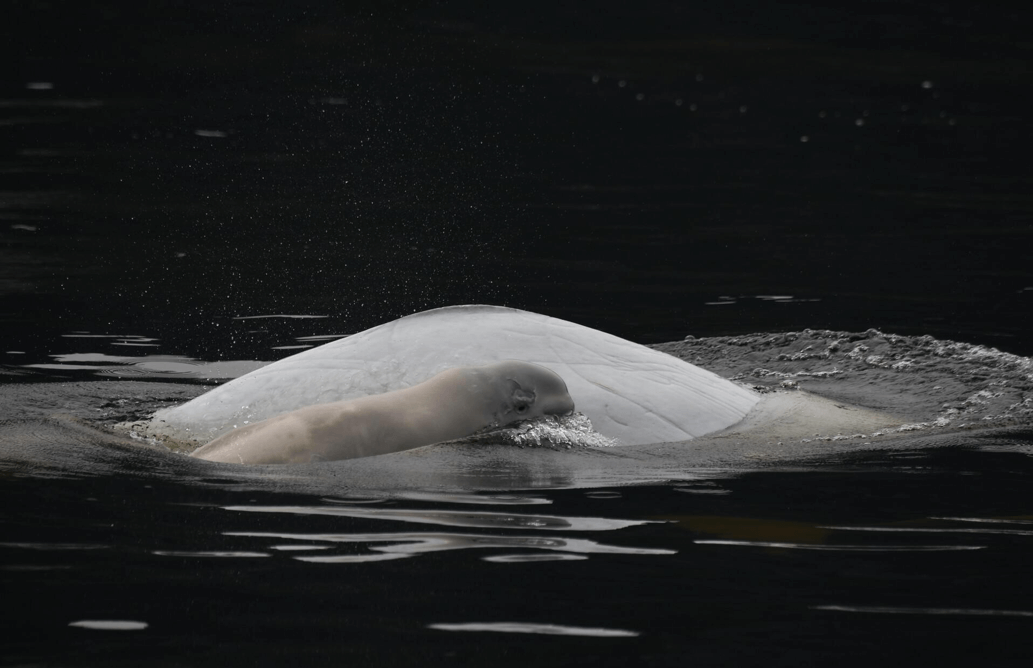Beluga stories: this is the second episode of the transcript of the training lecture given by Robert Michaud at the CIMM on June 22, 2015. In this text and audio episode: in the 1970s, journalist Leone Pippard expresses concern for belugas; in the early 1980s, the first necropsies reveal the status of the beluga and the St. Lawrence; the idea of a marine park begins to take shape.
On June 22, Robert Michaud, scientific director and co-founder of the Group for Research and Education on Marine Mammals (GREMM), gave a training lecture at the Marine Mammal Interpretation Centre (CIMM) in Tadoussac. The biologist and St. Lawrence beluga specialist shared stories about these whales and raised questions about the current decline in the St. Lawrence population.
Whales On Line brings you excerpts of this presentation, in the form of a sort of written and audio series to be followed all summer long. In the final episode (8/8) of News from Near and Afar, Robert Michaud will answer additional questions. How about you, do you have any questions regarding belugas? We urge you to ask them in the “Questions from the Public” section of the website or on the Whales On Line Facebook page.
Even if commercial whaling ended in the 1950s, so-called sport hunting continued until the official end of whaling established by decree in 1979.
In the 1970s, journalist Pippard Leone takes an interest in the fate of belugas and spends her days observing them from the rocky shores of Baie-Ste-Catherine. She sounds the alarm on the state of their population. What role did she play in the creation of a marine sanctuary in the Estuary? And in the decision to list the beluga as an endangered species?
Listen (1 min 53 s)(in French)
In 1982, biologists and veterinarians begin to study belugas more closely from the shores of the St. Lawrence. Pierre Béland and Daniel Martineau sound the alarm once again. What did they find in the carcasses on which they performed necropsies? The beluga carcass recovery program is initiated.
Listen (1 min 50 s)(in French)
An International Forum for the Future of the Beluga is held in Tadoussac in 1988. This marks the beginning of the action plans to clean up the St. Lawrence. The idea of a marine park gathers momentum.
Listen (1 min 57 s) (in French)
© GREMM
To learn more
On the New York Times website:
Pollution Is Blamed for Killing Whales in St. Lawrence (article published January 12, 1988)
On the Huffington Post website:
Pierre Béland, biography and articles
On the Encyclopedia on French Cultural Heritage in North America website:
On Whales Online:





